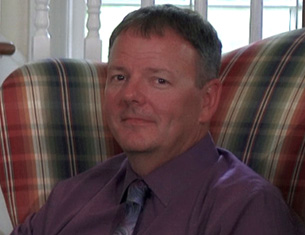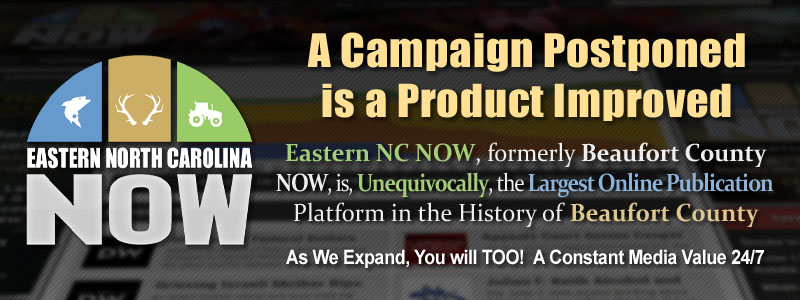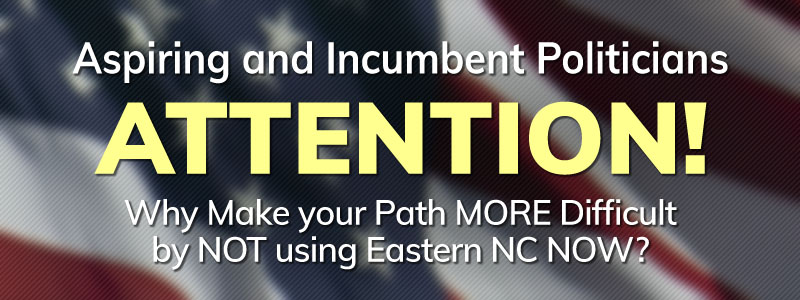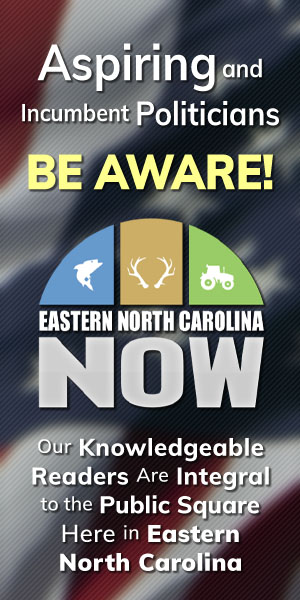Your Basic Needs: Food, Shelter and The TRUTH
CommonTerry: Volume One Hundred
Publisher's note: The author of this post is Dr. Terry Stoops, who is the Director of Education Studies for the John Locke Foundation.
Every year, the North Carolina Department of Public Instruction (DPI) releases the Consolidated Data Report. The 160+ page report contains data and information related to school crime and violence, suspensions and expulsions, corporal punishment, student reassignments for disciplinary reasons, alternative learning placements, and dropout rates.
The media typically focus on two data points - the dropout rate and reported acts of school crime and violence. An article published on Tuesday focused on the dropout rate. This one will look at school crime and violence statistics.
Overall, there is good news. According to DPI researchers, the number of reportable crimes fell by 327 total acts, 3.2 percent decrease, in 2015-16. Since 2012, the number of acts per 1,000 students has steadily declined.
The six most common offenses were possession of a controlled substance, possession of a weapon, assault on school personnel, possession of an alcoholic beverage, sexual assault, and possession of a firearm or powerful explosive. Four of the six had fewer reportable acts in 2015-16 than the year before. While there was a slight uptick in assaults on school personnel last year, public schools a 37 percent increase in possession of a firearm or powerful explosive.
It is worth noting that few question the wisdom and necessity of laws that prohibiting minors to possess drugs or alcohol generally, let alone on a school campus. But long-standing state and federal laws that prohibit possession of drugs or alcohol are not a sufficient deterrent to students' decision to possess, consume, and/or sell a little hooch from grandpa's "secret" still or "medical" marijuana from their uncle's stash. In other words, families and communities are in the best position to ensure that school-age children do not have access to mind-altering substances or choose to abstain when their dishonorable peers do.
The issue of campus-wide prohibitions on the possession of weapons is much less clear-cut. The federal Gun-Free School Zones Act, signed into law by President George H. W. Bush in 1990 and targeted (sorry) for repeal most recently by Rep. Thomas Massie (R-Ky.) and the Trump administration, is the most prominent among them. Because the act encourages school officials to post "gun free school zone" signs at the entrance of every public school in the state, anyone who has visited a school in the last 25 years is at least aware of the law.
Some legal scholars contend that laws like the Gun-Free School Zones Act and other blanket prohibitions are more likely to put students and faculty at risk because law-abiding school personnel will not be able to defend themselves and their students from an armed intruder. Others adamantly disagreed (pdf), pointing out "armed personnel only create a substantial risk of unintended consequences and serious liability issues for school districts." And neither of those analyses adequately address issues such as student gun clubs and trap shooting competitions in schools.
All of this is to say that one-size-fits-all approaches, including passage of "tougher" laws and the enforcement of "no-tolerance" policies, will likely fail to reduced instances of school crime and violence. Indeed, DPI data shows wide variations and unexpected trends in instances of reportable crime across the state. As measured by the reportable crime rate per 1,000 students, for example, crime is more prevalent in Robeson County high schools than in Mecklenburg County high schools. And initiatives that successfully reduce crime in Robeson County Schools may have little effect in Charlotte-Mecklenburg.
In the end, school crime and violence is not a statewide problem with implications for local school districts. Rather, it is a localized problem with implications for the productivity of the state's workforce and quality of life for all North Carolina residents.
Go Back
Consolidated Data Report, Part II: School Crime and Violence
Every year, the North Carolina Department of Public Instruction (DPI) releases the Consolidated Data Report. The 160+ page report contains data and information related to school crime and violence, suspensions and expulsions, corporal punishment, student reassignments for disciplinary reasons, alternative learning placements, and dropout rates.
The media typically focus on two data points - the dropout rate and reported acts of school crime and violence. An article published on Tuesday focused on the dropout rate. This one will look at school crime and violence statistics.
Overall, there is good news. According to DPI researchers, the number of reportable crimes fell by 327 total acts, 3.2 percent decrease, in 2015-16. Since 2012, the number of acts per 1,000 students has steadily declined.
The six most common offenses were possession of a controlled substance, possession of a weapon, assault on school personnel, possession of an alcoholic beverage, sexual assault, and possession of a firearm or powerful explosive. Four of the six had fewer reportable acts in 2015-16 than the year before. While there was a slight uptick in assaults on school personnel last year, public schools a 37 percent increase in possession of a firearm or powerful explosive.
It is worth noting that few question the wisdom and necessity of laws that prohibiting minors to possess drugs or alcohol generally, let alone on a school campus. But long-standing state and federal laws that prohibit possession of drugs or alcohol are not a sufficient deterrent to students' decision to possess, consume, and/or sell a little hooch from grandpa's "secret" still or "medical" marijuana from their uncle's stash. In other words, families and communities are in the best position to ensure that school-age children do not have access to mind-altering substances or choose to abstain when their dishonorable peers do.
The issue of campus-wide prohibitions on the possession of weapons is much less clear-cut. The federal Gun-Free School Zones Act, signed into law by President George H. W. Bush in 1990 and targeted (sorry) for repeal most recently by Rep. Thomas Massie (R-Ky.) and the Trump administration, is the most prominent among them. Because the act encourages school officials to post "gun free school zone" signs at the entrance of every public school in the state, anyone who has visited a school in the last 25 years is at least aware of the law.
Some legal scholars contend that laws like the Gun-Free School Zones Act and other blanket prohibitions are more likely to put students and faculty at risk because law-abiding school personnel will not be able to defend themselves and their students from an armed intruder. Others adamantly disagreed (pdf), pointing out "armed personnel only create a substantial risk of unintended consequences and serious liability issues for school districts." And neither of those analyses adequately address issues such as student gun clubs and trap shooting competitions in schools.
All of this is to say that one-size-fits-all approaches, including passage of "tougher" laws and the enforcement of "no-tolerance" policies, will likely fail to reduced instances of school crime and violence. Indeed, DPI data shows wide variations and unexpected trends in instances of reportable crime across the state. As measured by the reportable crime rate per 1,000 students, for example, crime is more prevalent in Robeson County high schools than in Mecklenburg County high schools. And initiatives that successfully reduce crime in Robeson County Schools may have little effect in Charlotte-Mecklenburg.
In the end, school crime and violence is not a statewide problem with implications for local school districts. Rather, it is a localized problem with implications for the productivity of the state's workforce and quality of life for all North Carolina residents.
| CommonTerry: Volume Ninety-Nine | John Locke Foundation Guest Editorial, Editorials, Op-Ed & Politics | CommonTerry: Volume One Hundred One |
Latest Op-Ed & Politics
|
illegal alien "asylum seeker" migrants are a crime wave on both sides of the Atlantic
Published: Thursday, April 18th, 2024 @ 8:10 am
By: John Steed
|
|
UNC board committee votes unanimously to end DEI in UNC system
Published: Thursday, April 18th, 2024 @ 7:54 am
By: John Steed
|
|
this is the propagandist mindset of MSM today
Published: Wednesday, April 17th, 2024 @ 3:04 pm
By: John Steed
|
|
Police in the nation’s capital are not stopping illegal aliens who are driving around without license plates, according to a new report.
Published: Wednesday, April 17th, 2024 @ 8:59 am
By: Daily Wire
|
|
same insanity that created Covid
Published: Wednesday, April 17th, 2024 @ 8:58 am
By: John Steed
|
|
Davidaon County student suspended for using correct legal term for those in country illegally
Published: Wednesday, April 17th, 2024 @ 7:23 am
By: John Steed
|
|
given to illegals in Mexico before they even get to US: NGOs connected to Mayorkas
Published: Tuesday, April 16th, 2024 @ 11:36 am
By: John Steed
|
|
committee gets enough valid signatures to force vote on removing Oakland, CA's Soros DA
Published: Tuesday, April 16th, 2024 @ 10:32 am
By: John Steed
|
|
other pro-terrorist protests in Chicago shout "Death to America" in Farsi
Published: Monday, April 15th, 2024 @ 9:13 pm
By: John Steed
|
|
claim is needed "to meet climate targets
Published: Monday, April 15th, 2024 @ 2:07 pm
By: John Steed
|
|
Only two of the so-called “three Johns” will be competing to replace Sen. Mitch McConnell (R-KY) as leader of the Senate GOP.
Published: Monday, April 15th, 2024 @ 12:50 pm
By: Daily Wire
|
|
particularly true on economic matters
Published: Sunday, April 14th, 2024 @ 8:58 pm
By: John Steed
|
|
House Judiciary Chair Jim Jordan (R-OH) is looking into whether GoFundMe and Eventbrite cooperated with federal law enforcement during their investigation into the financial transactions of supporters of former President Donald Trump.
Published: Sunday, April 14th, 2024 @ 6:56 pm
By: Daily Wire
|
|
Turkish diplomatic sources say he did
Published: Sunday, April 14th, 2024 @ 6:08 pm
By: John Steed
|
|
Popularity of government leader crashes, even among his own party members.
Published: Sunday, April 14th, 2024 @ 2:12 pm
By: John Steed
|























